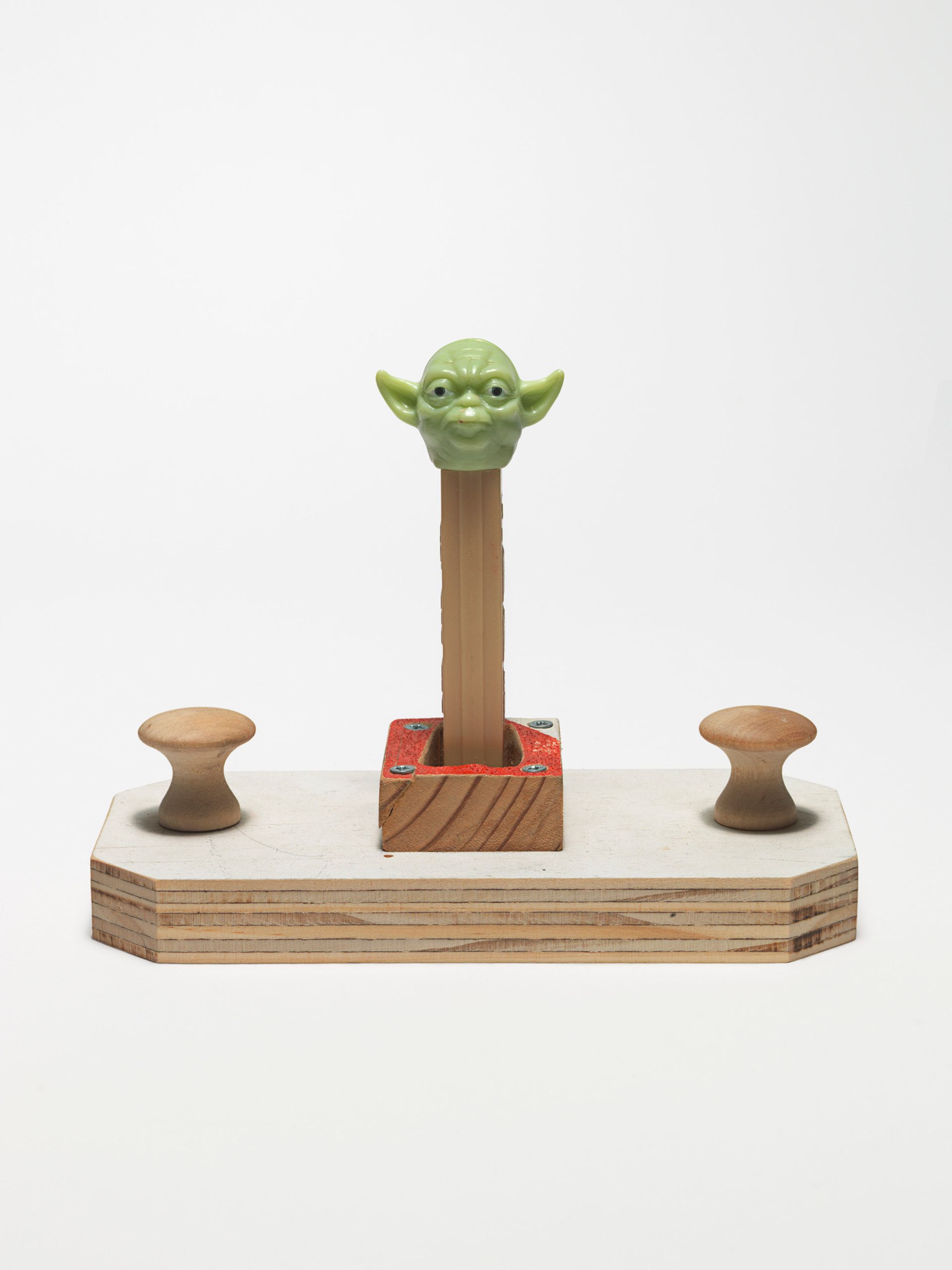For the first time in its 30-year history, the Noguchi Museum in Queens, New York will host a solo show for an artist other than Isamu Noguchi. For Tea Ceremony (23 March-24 July), the US artist Tom Sachs is taking over most of the museum’s ground floor with an installation that places the traditional Japanese tea ceremony, known as chanoyu, in a contemporary context.
While at first glance the work of Sachs and the late Modernist sculptor and landscape architect Noguchi might seem like a purposeful juxtaposition, it is “mutually reinforcing”, says Dakin Hart, the curator who organised the exhibition. “They are both cultural hybridisers who believe that tradition and the past should always be part of the future. Both are motivated by a sense of social purpose and of wanting to find an important role for sculpture in society,” Hart says. “The museum is committed to ensuring that the work of Noguchi is of contemporary interest,” Hart says, adding that, after Sachs, the museum will continue to work with other contemporary artists in due course.
The son of a Japanese poet and American writer, Noguchi was born in Los Angeles in 1904 but grew up in Japan and incorporated elements of traditional Japanese design in his work. He died three years after opening the museum, the first to be established in the US by a living artist to show his own work, in 1985.

For his show, Sachs will use many of the symbolic elements of the chanoyu ritual, such as a roofed “outer gate” that separates the tea garden from the outside world and a bronze sculpture of a bonsai, the tree often found in gardens leading to tea houses. Sachs has made his version with 3,500 casts of household objects, such as tampons and Q-tip cotton buds. The show will also feature five stone sculptures by Noguchi, installed as a rock garden. Sachs plans to stage tea ceremony demonstrations with guests, where traditional matcha green tea will be served.
Meanwhile, at the Brooklyn Museum, Sachs shifts from meditative to raucous with Boombox Retrospective 1999-2016 (21 April-14 August), an installation of 18 sculptural stereo systems that will bring the music of the city streets to the museum’s entry pavilion.

